CARBAMAZEPINE EXTENDED-RELEASE - ORAL
PHONETIC PRONUNCIATION: (KAR-ba-MAZ-e-peen)
COMMON BRAND NAME(S): Carbatrol, Equetro, Tegretol XR
GENERIC NAME(S): carbamazepine
Uses
USES: Carbamazepine is used to prevent and control seizures. This medication is known as an anticonvulsant or anti-epileptic drug. It is also used to relieve certain types of nerve pain (such as trigeminal neuralgia). This medication works by reducing the spread of seizure activity in the brain and restoring the normal balance of nerve activity. Some forms of this medication are also used to treat bipolar disorder. Carbamazepine can help to decrease extreme changes in mood and help you feel less agitated.
How to use CARBAMAZEPINE EXTENDED-RELEASE - ORAL
HOW TO USE: Read the Medication Guide provided by your pharmacist before you start taking carbamazepine and each time you get a refill. If you have any questions, ask your doctor or pharmacist. If you are taking the extended-release tablets, take this medication by mouth with food as directed by your doctor, usually 2 times a day. Do not crush or chew extended-release tablets. Doing so can release all of the drug at once, increasing the risk of side effects. Also, do not split the tablets unless they have a score line and your doctor or pharmacist tells you to do so. Swallow the whole or split tablet without crushing or chewing. Inspect the tablets for chips and cracks. Do not take any damaged tablets. If you are taking the extended-release capsules, take this medication by mouth with or without food as directed by your doctor, usually 2 times a day. Swallow the capsules whole. Do not crush or chew the capsules. If you have trouble swallowing the capsules, you may open them and sprinkle the contents onto a teaspoonful of applesauce or other soft food. Swallow all of the drug/food mixture right away. Do not chew the mixture or prepare a supply in advance. The dosage is based on your medical condition and response to treatment. To reduce your risk of side effects, your doctor may direct you to start this medication at a low dose and gradually increase your dose. Follow your doctor's instructions carefully. Avoid eating grapefruit or drinking grapefruit juice while taking this medication unless your doctor or pharmacist says you may do so safely. Grapefruit can increase the chance of side effects with this medicine. Ask your doctor or pharmacist for more details. Take this medication regularly to get the most benefit from it. To help you remember, take it at the same times each day. Keep taking this medication even if you feel well. Do not stop taking this medication without consulting your doctor. Some conditions (such as seizures) may become worse when this drug is suddenly stopped. Your dose may need to be gradually decreased. Tell your doctor if your condition does not get better or if it gets worse.
Side Effects
Precautions
Interactions
Overdose
Images

- color
- dark green
- shape
- oblong
- imprint
- NC 100
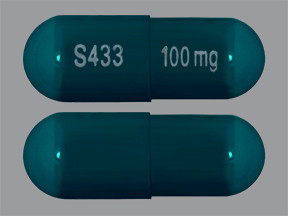
- color
- bluish-green
- shape
- oblong
- imprint
- S433, 100 mg
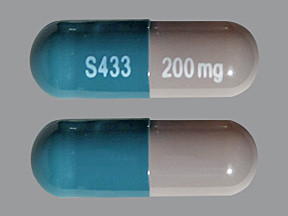
- color
- light gray
- shape
- oblong
- imprint
- S433, 200 mg
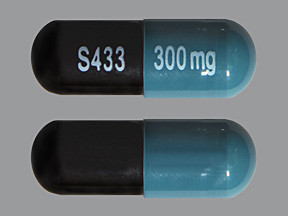
- color
- black
- shape
- oblong
- imprint
- S433, 300 mg
Reviews
Faq for CARBAMAZEPINE EXTENDED-RELEASE - ORAL
Carbamazepine extended-release is used to treat certain types of seizures and nerve pain, such as trigeminal neuralgia.
It works by reducing the abnormal electrical activity in the brain that causes seizures. It also decreases the pain signals in the nerves that cause nerve pain.
Common side effects may include drowsiness, dizziness, nausea, vomiting, rash, and blurred or double vision.
It may take a few weeks to see the full effects of carbamazepine extended-release. It is important to continue taking it as prescribed and not to abruptly stop without consulting your doctor.
It is generally not recommended to consume alcohol while taking carbamazepine extended-release, as it may increase the side effects and worsen drowsiness or dizziness.
Yes, carbamazepine extended-release can interact with several medications, including certain birth control pills, anticoagulants, antidepressants, and antifungal medications. It is important to inform your doctor about all the medications and supplements you are taking.
It is important to discuss the risks and benefits of using carbamazepine extended-release during pregnancy with your doctor. It may pose risks to the developing fetus, and alternative treatments may be considered.
No, sudden discontinuation of carbamazepine extended-release can lead to increased seizure activity or other withdrawal symptoms. It is important to gradually decrease the dose under the guidance of your doctor.
Carbamazepine extended-release can be used in children, but the dosage and safety should be determined by a pediatrician or healthcare provider familiar with its use in children.
Warning
WARNING: Carbamazepine may rarely cause very serious (possibly fatal) skin reactions. Some people in certain ethnic groups (such as people of Asian/South Asian descent) are at greater risk. Your doctor may order a blood test to measure your risk before you start this medication. If the blood test shows you are at greater risk, your doctor should discuss the risks and benefits of carbamazepine and other treatment choices with you. Such skin reactions have developed mostly within the first few months of treatment. Get medical help right away if you develop any of the following symptoms: skin rash/blisters/peeling, itching, or swelling. Ask your doctor or pharmacist for more details. This drug has rarely caused very serious blood disorders (aplastic anemia, agranulocytosis). Your doctor will monitor your blood counts to minimize the chance of these side effects. Keep all medical and lab appointments. Get medical help right away if any of these rare but very serious side effects occur: signs of infection (such as sore throat that doesn't go away, fever, swollen lymph nodes), unusual weakness/tiredness, shortness of breath, or easy bleeding/bruising.
Disclaimer
IMPORTANT: HOW TO USE THIS INFORMATION: This is a summary and does NOT have all possible information about this product. This information does not assure that this product is safe, effective, or appropriate for you. This information is not individual medical advice and does not substitute for the advice of your health care professional. Always ask your health care professional for complete information about this product and your specific health needs.
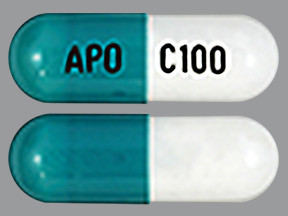
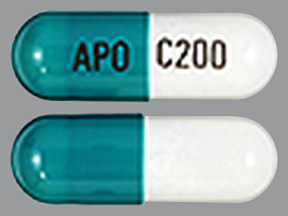
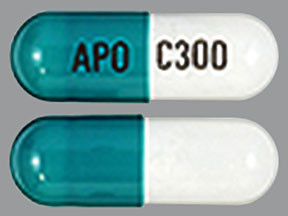
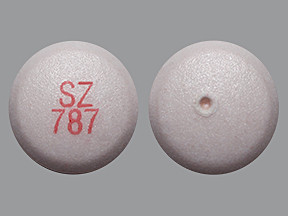
No Reviews Yet